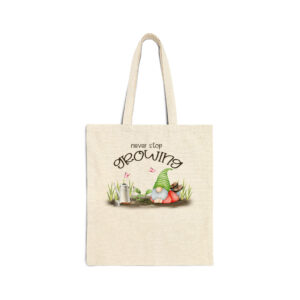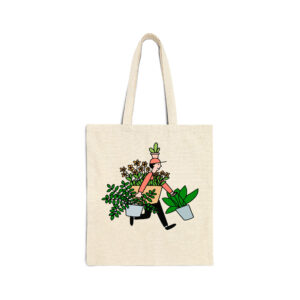Table of contents
Variegated Euphorbia

Latin Name: Euphorbia ammack
Category: Cactus & Succulent
Family: Euphorbiaceae
Origin: Africa
Climate: Arid Tropical
Growing Zones: 11-10
Care Instructions
The Variegated Euphorbia (Euphorbia ammack) is a arid tropical plant that originates from Africa. This cactus & succulent plant belongs to the Euphorbiaceae family and is well-suited for growing in USDA zones 11-10.
Complete Care Guide for Variegated Euphorbia (Euphorbia ammack)
Watering Requirements
The Variegated Euphorbia, known for its striking foliage and unique appearance, thrives best with a careful watering regimen. This succulent plant prefers to dry out between waterings, making it essential to adopt a less-is-more approach. During the growing season, which typically spans from spring to early fall, water the plant thoroughly, allowing excess water to drain out of the pot. Ensure that the top inch of soil is dry before watering again. In the winter months, reduce watering significantly, as the plant enters a dormant phase. Overwatering can lead to root rot, a common issue with Euphorbias, so always err on the side of caution and check the soil moisture before adding more water.
Light Conditions
Soil Preferences
For optimal growth, Variegated Euphorbia requires well-draining soil that mimics its native arid environment. A cactus or succulent potting mix is ideal, as it allows excess moisture to escape while retaining some necessary nutrients. If you prefer to create your own mix, combine equal parts of potting soil, coarse sand, and perlite or pumice to enhance drainage. Fertilization should be minimal; during the growing season, you can apply a diluted, balanced liquid fertilizer every 4-6 weeks. Avoid fertilizing in the winter months when the plant is dormant, as this can lead to nutrient buildup and potential damage to the roots.
Pests and Diseases
While Variegated Euphorbia is relatively resilient, it can still fall prey to common pests such as mealybugs, aphids, and spider mites. Regularly inspect the undersides of leaves and the stems for any signs of infestation. If you notice pests, treat the plant with insecticidal soap or neem oil, ensuring thorough coverage. Additionally, be vigilant for signs of fungal diseases, which can occur if the plant is overwatered or if humidity levels are too high. Yellowing leaves or a mushy stem can indicate root rot, necessitating immediate action to remove affected roots and repot the plant in fresh, dry soil.
Special Care Tips
To keep your Variegated Euphorbia thriving, consider a few special care tips. First, always handle the plant with care, as its milky sap can be irritating to the skin and toxic if ingested. Use gloves when pruning or repotting. Additionally, during the growing season, you can encourage bushier growth by pinching back the tips of the stems. This will promote branching and create a fuller appearance. If you live in a region with cold winters, be sure to bring your Euphorbia indoors or provide adequate protection, as it is not frost-tolerant. Lastly, consider rotating the plant every few weeks to ensure even growth and exposure to light on all sides.








